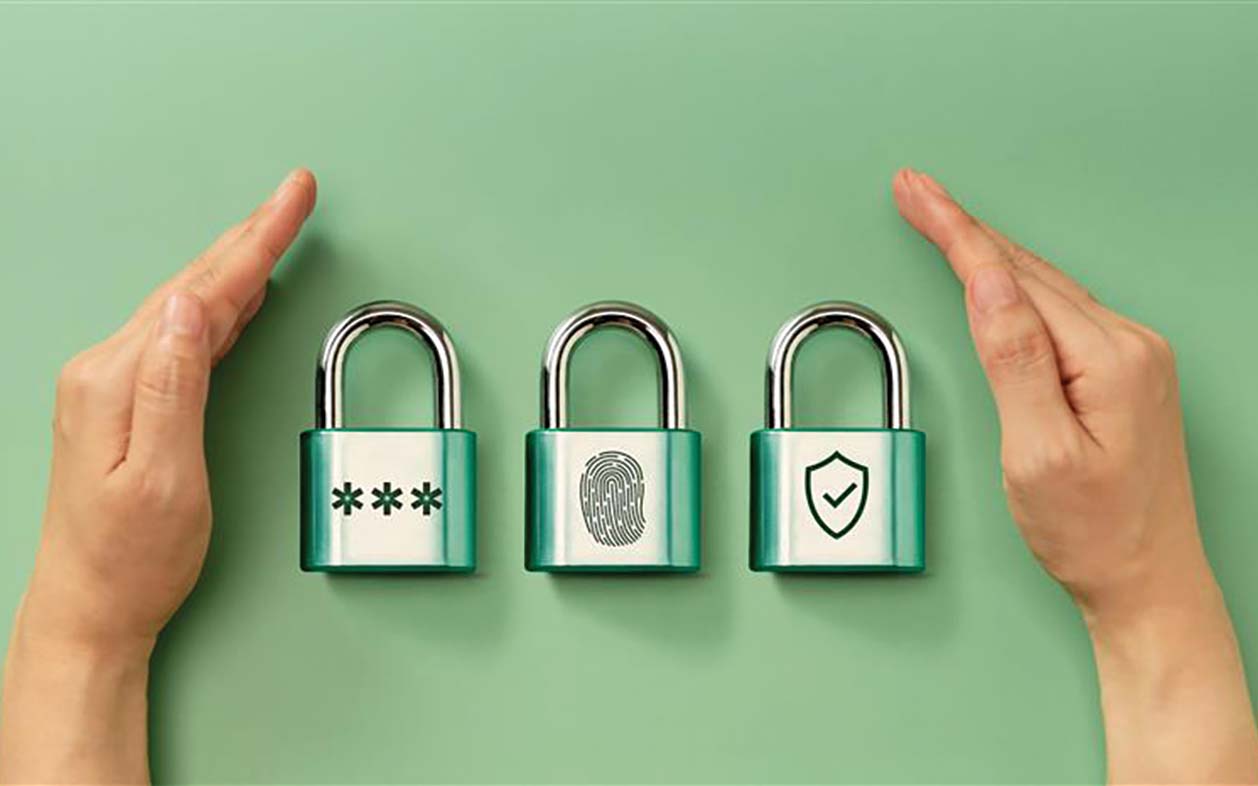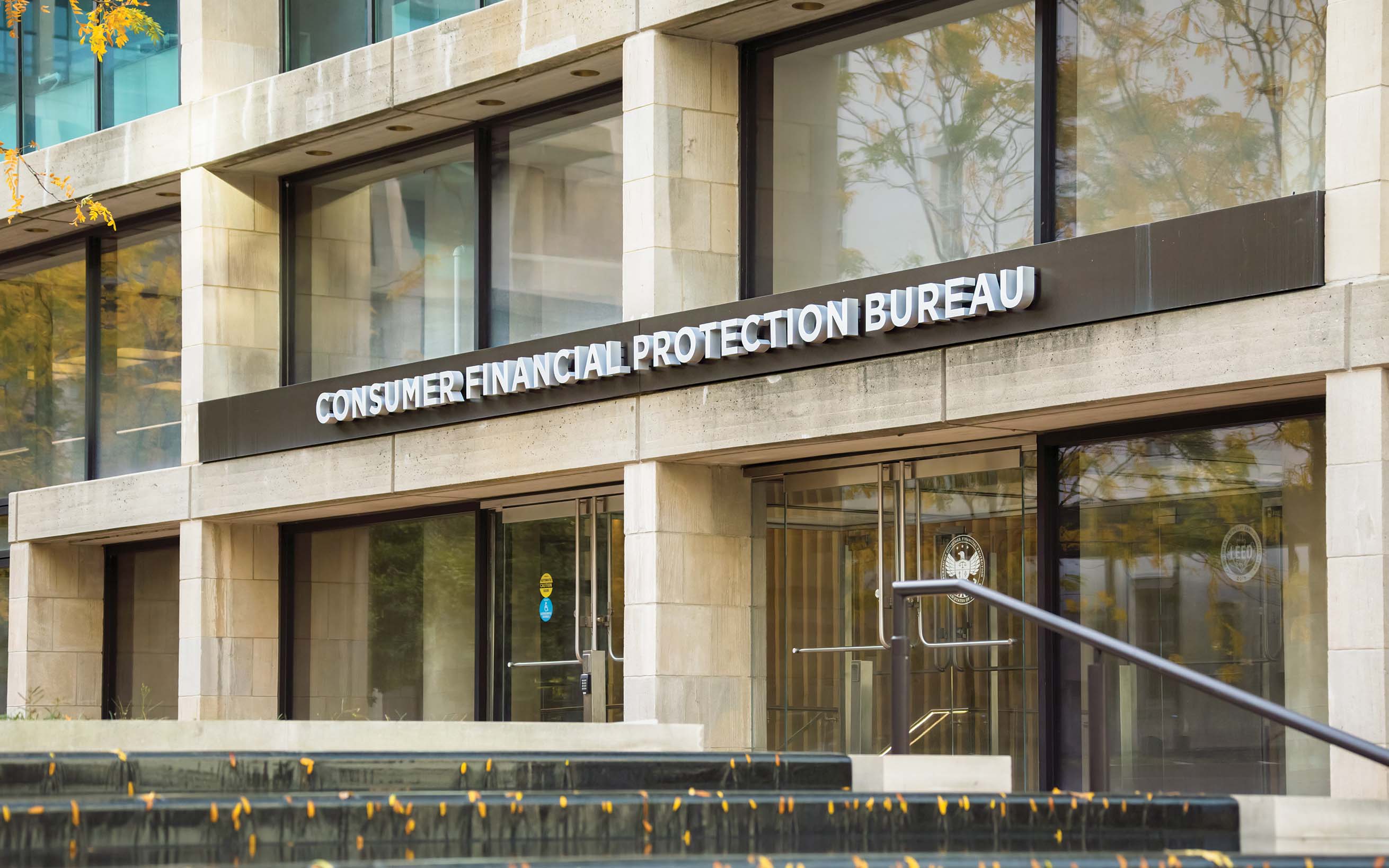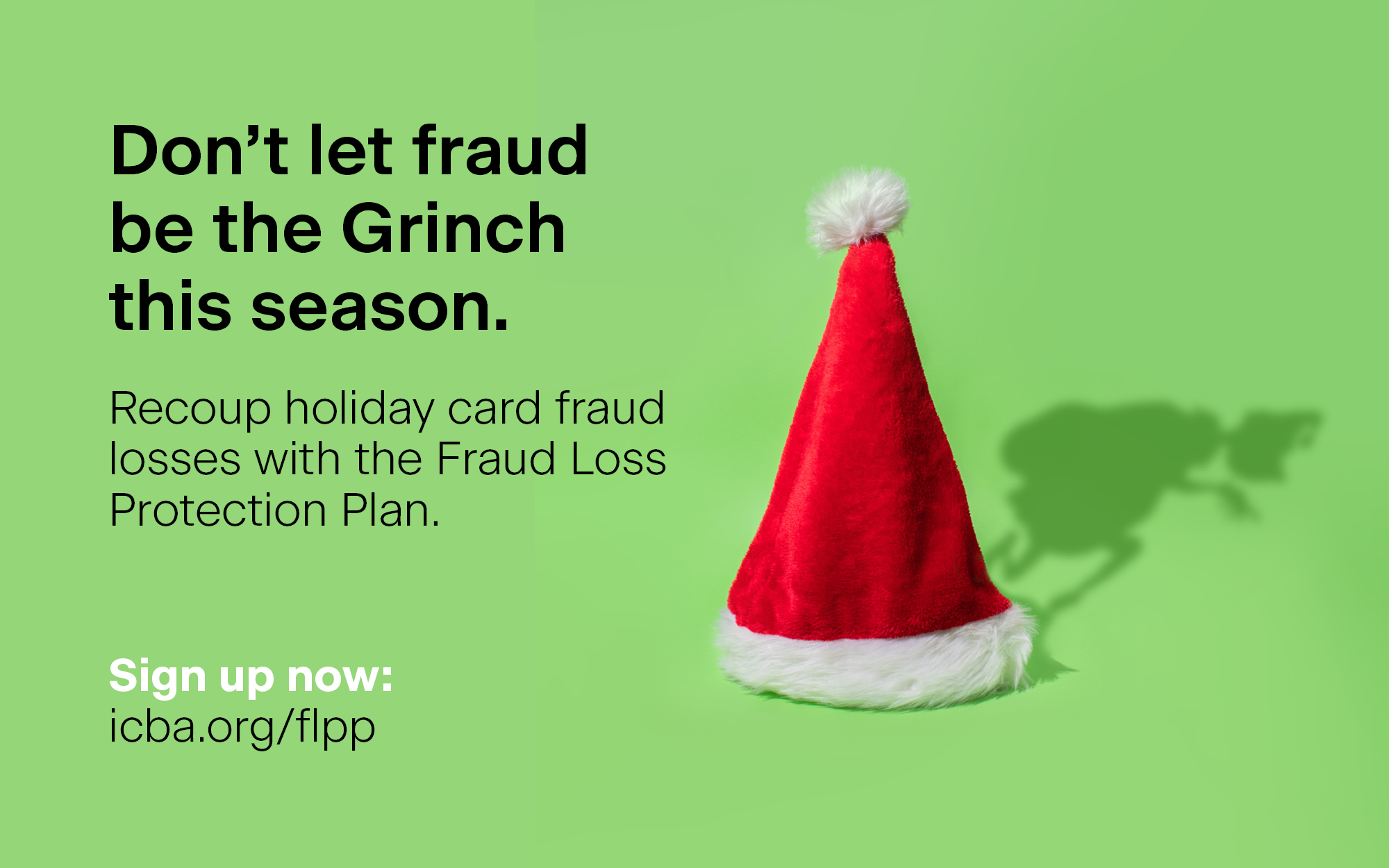Cash may no longer be king in the U.S., but millions of dollars in counterfeit bills make their way into the system each year. Fortunately, there are some simple ways community banks can stop scammers in their tracks.
Best practices for fighting counterfeit bills
March 01, 2017 / By Susan Thomas
Cash may no longer be king in the U.S., but millions of dollars in counterfeit bills make their way into the system each year. Fortunately, there are some simple ways community banks can stop scammers in their tracks.
The best way to detect a counterfeit bill is about as low-tech as it’s possible to be. It’s the unique texture of the 25 percent linen and 75 percent cotton paper that can feel “off” to experienced hands. That’s just what alerted a teller at a branch of Bismarck, N.D.-based Choice Financial Group when she was presented with a bill that looked authentic. To confirm her suspicions, she scrutinized the images and words and was surprised to read “Motion Picture Money.” Turned out the fake was a Hollywood prop.
Whether it was movie money or another fake form of payment, counterfeiting rose in 2016. The U.S. Secret Service reports that last year, $82.1 million in counterfeit bills were passed domestically. That’s a 4.8 percent increase from 2015. The majority of those fakes were manufactured using digital printing technologies, with 28.8 percent made using traditional printing technologies.
The $1.5 billion-asset Choice Financial has reduced overall fraud with a multipronged approach. Although tellers don’t see a lot of bad bills come through its 19 branches, the bank has found that one of the best ways to train tellers to spot counterfeits is to share actual examples.
“Instead of trying to make up a story, we’ve got real-life experiences, and those have been the best learning tools we’ve had,” says Sharon Karsky, senior vice president, frontline operations at Choice.
To guard against fraudulent currency or checks, banks need effective training programs for frontline staff, regular updates on new fraudulent schemes and the right technology.
Several government agencies are tasked with developing new security features to stay ahead of criminals’ duplication capabilities. The Secret Service, Federal Reserve and Treasury Department continuously monitor threats for each denomination and redesign currency based on those threats. The most recently redesigned note was the $100, issued in 2013 with enhanced security, including a thread printed with “USA” and the number 100 in an alternating pattern, visible from both sides, that glows when hit with UV light.
Get in early
Barry Thompson, a community banker turned security trainer, says banks must start by teaching new employees the specific details of texture, watermarks, microprinting and color-shifting ink on all the denominations. “The most important time to teach somebody about counterfeit currency is in the first 90 days, when the teller or frontline person is touching or dealing with cash,” says Thompson, managing partner at Thompson Consulting Group. “Retrain them again when a new bill comes out.”
Thompson says due to teller training and counterfeit-detecting ATMs, the main gateway for counterfeit bills is through merchant deposits. He recommends banks offer education to their business customers, who often rely on cashiers’ use of detection pens. The pens can detect starch in common paper, such as photocopier paper, but can’t detect more sophisticated fakes, such as when a $100 bill is printed on a washed one-dollar bill. He notes that banks also can train merchant customers to stop other common frauds such as debit card and checking fraud.
“I always recommend you have [ultraviolet detectors], because fake bills show up under UV light in a second.”
—Barry Thompson, Thompson Consulting Group
Fraud down by a third
After Choice Financial Group enhanced its counterfeit and fraud programs, fraud fell 35 percent in 2016 compared with the previous year. The fraud program at Choice includes new hire training, BSA (Bank Secrecy Act) online courses, a monthly teller meeting where fraud is a regular agenda item, and communication to branches about current schemes. All of these activities maintain high fraud awareness.
In 2015, the bank added two new programs that contributed to the decline in fraud losses. Fraud Stopper congratulates staff members who detect a suspicious check or bill and report it to the fraud group. In addition to kudos, the bank communicates the situation to staff as a learning tool. One recent Fraud Stopper winner uncovered a large check-kiting scheme by looking at the pattern of a customer’s transactions.
“In many cases, they’ll catch the fraud upfront and not allow it to occur,” says Paul Bakkum, chief risk officer, Choice Financial Group.
Regular updates are key. Choice started a monthly meeting called Fraud Squad with representation from frontline staff, operations, IT, risk and loans. It also added software that monitors millions of daily transactions to determine if something is out of the ordinary.
Karsky adds that a simple yet effective part of Choice’s training is teaching tellers to be good listeners. She says it’s amazing how much personal information customers will share with them.
“Customers will sometimes comment on the source of their funds and say, ‘This check just came in the mail, and I won the sweepstakes!’ and our ears perk up and we ask questions,” she says.
Training tools
Thompson says the best training material is easily accessible on the U.S. Currency website, which details the security features of each denomination and offers videos on topics such as authenticating currency and how it gets into circulation.
In addition to training, he recommends UV detectors, which he often finds are lacking in branches. These lights allow tellers to identify security features easily. In the most recent versions of the $100 note, for example, the security thread glows pink under UV light. In the $50 bill it glows yellow, and in the $20 bill it glows green. If counterfeiters have washed a bill and re-inked it with a higher denomination, UV light—and tellers’ knowledge—will foil the scheme.
“Very few [banks] use ultraviolet detectors to their full capabilities, and they generally aren’t distributed so tellers can get to them easily,” says Thompson. “I always recommend you have them, because fake bills show up under UV light in a second.”
UV lights also can illuminate alterations made to debit cards, credits cards and driver’s licenses.
As far as training, community banks can get help from the Secret Service; the agency provides training on currency authentication as part of its educational mission. Last year, the Secret Service conducted more than 577 educational and training seminars. Banks can arrange these trainings through field offices across the U.S.
The good news is that trainers have plenty of time before the next new bills are released. The U.S. Bureau of Engraving and Printing is redesigning the $5, $10 and $20 notes to debut sometime after 2020. For security reasons, the new $10 bill, honoring the heroes of the women’s suffrage movement, will be the first released into circulation.
Great American fraudsters
Since the first English settlers landed in the New World, people have been scamming the monetary system.
Samuel C. Upham
During the Civil War, Upham built a counterfeiting enterprise in order to help the Union win the war. His “legal” scheme pumped $15 million of fake money into the South, which eventually led to the collapse of the Confederate economy.
Emerich Juettner
Nobody thought $1 bills would be worth faking, and Juettner’s replicas were laughably bad. But he kept his scheme going from 1938 to 1948. Also known as Edward Mueller, he eventually netted a four-month prison sentence and a fine of $1, and his story was documented in the 1950 comedy Mister 880.
Frank Abagnale Jr.
Over a five-year period in the 1960s, Abagnale swindled more than $2.5 million through check fraud and other cons. He is now an authority on catching and preventing forgery, and his story hit the big screen in the 2002 film Catch Me If You Can.
Frank Bourassa
A Canadian citizen, Bourassa produced more than $200 million in fake U.S. $20 bills using printing equipment, software and a blend of cotton and linen paper. He was arrested in 2012. After serving six weeks in prison, he became a consultant to businesses looking to avoid counterfeiters.
—Sara Schlueter
Susan Thomas Springer is a writer in Oregon.
Subscribe now
Sign up for the Independent Banker newsletter to receive twice-monthly emails about new issues and must-read content you might have missed.
Sponsored Content
Featured Webinars
Join ICBA Community
Interested in discussing this and other topics? Network with and learn from your peers with the app designed for community bankers.
Subscribe Today
Sign up for Independent Banker eNews to receive twice-monthly emails that alert you when a new issue drops and highlight must-read content you might have missed.
News Watch Today

Join the Conversation with ICBA Community
ICBA Community is an online platform led by community bankers to foster connections, collaborations, and discussions on industry news, best practices, and regulations, while promoting networking, mentorship, and member feedback to guide future initiatives.













